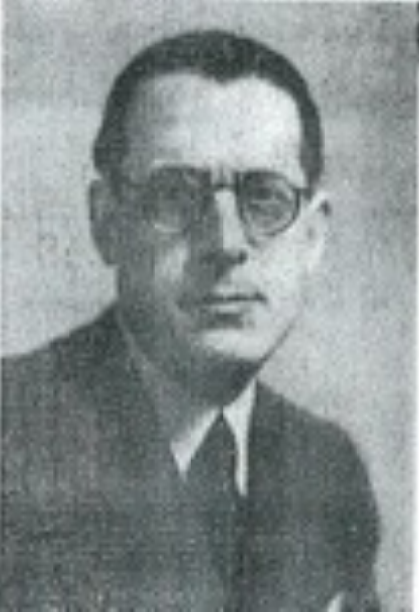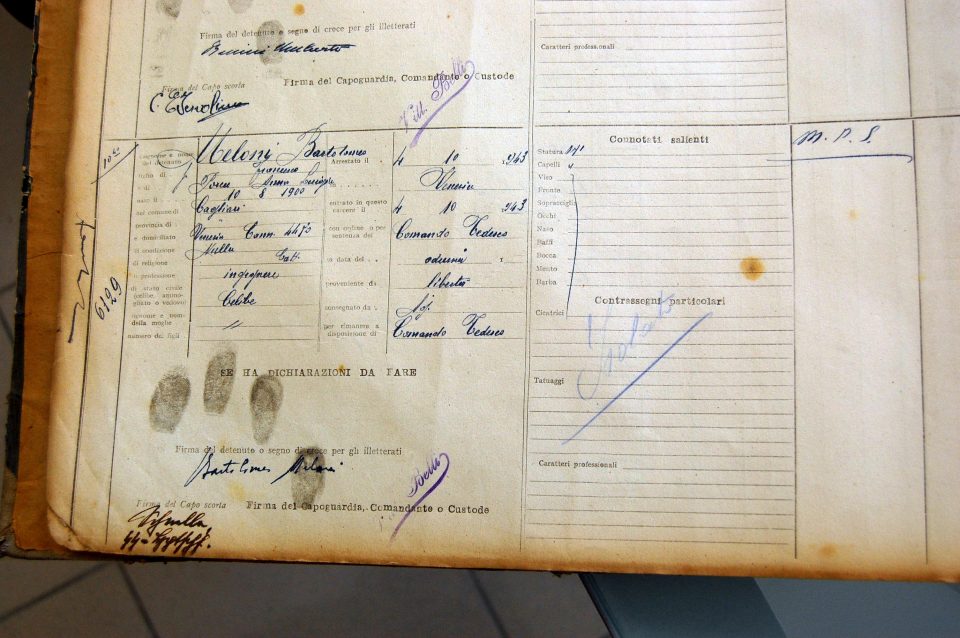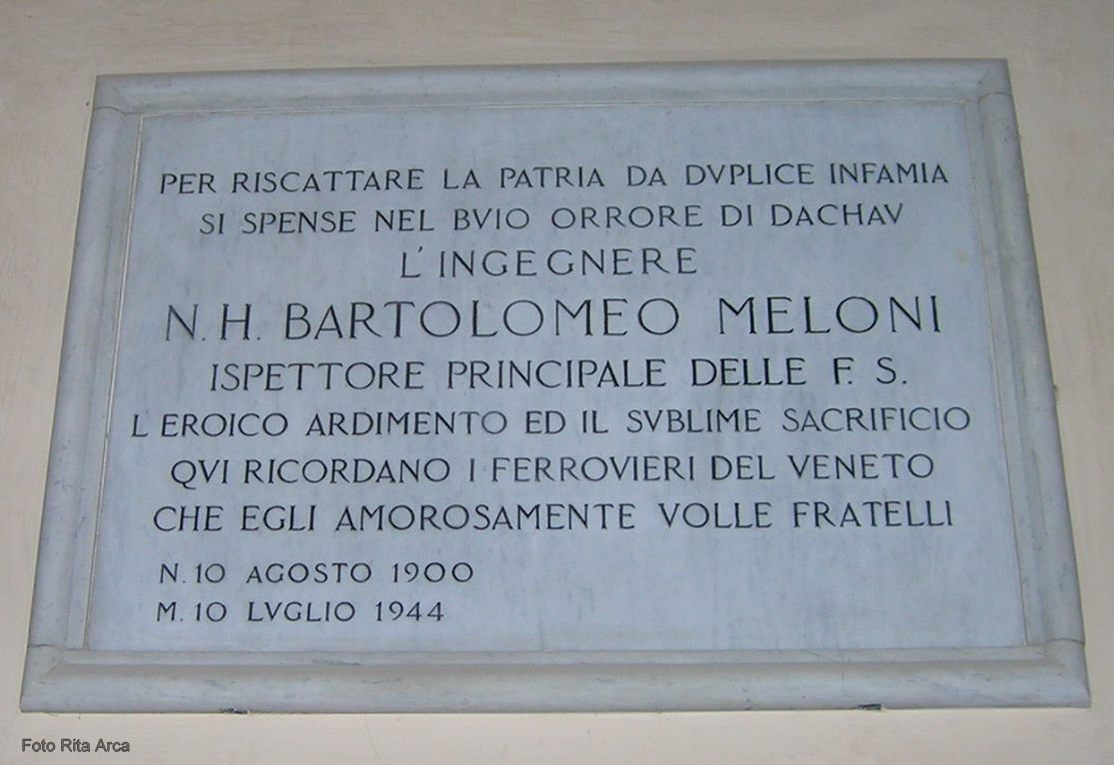
Born in Cagliari in 1900, he graduated in engineering at the Politecnico di Torino and found a job as inspector general for the Ferrovie dello Stato in Venice. In 1936, he signed up to the Fascist party, but never participated in the life of the regime. After the armistice of 8 September, he joined the Action Party, albeit with some uncertainties due to the problem of reconciling the Christian faith with the political assumptions of shareholders, who pursued secular and socialist ideals.
Armando Gravagnin, one of the founders of the Action Party and mayor of Venice after the Liberation, recalls in his memoir that he met Meloni, and describes him with these words:
“I convinced myself that Meloni was really the first among the railway workers, the first by spontaneous, natural, not questionable election, the first because he was the best”.
Together with other railway workers under his direction, he started numerous sabotage activities, which took place in the presence of the German escort, giving the impression of carrying out the normal railway work. These actions were aimed both at damaging the trains used by German soldiers and at helping the Italian soldiers who were stranded in Venice and at risk of being captured and deported by the Nazis. The extensive activity organised by Meloni would be important for the creation of the X and XI Matteotti Brigade and would guarantee a partisan garrison in the Station of Santa Lucia in Venice, which would be occupied unharmed during the days of the insurrection.
Such intense activity, however, lacked caution: concentrating too many sabotage activities in such a small period proved risky, because it attracted the attention of the Gestapo.

Bartolomeo Meloni was captured shortly after the start of his struggle. On October 4, 1943, he was imprisoned in the city prison of Santa Maria Maggiore and later deported to Dachau, where he died on July 9, 1944.
Don Giovanni Fortin, his fellow prisoner, remembers him as follows:
“We met in the early days and exchanged our impressions there; and I say the truth, never have I found such an open soul, a soul so deeply connoissery of human miseries, a soul that truly felt the throbbing of love and fraternal tenderness for the suffering“.
His figure left an important mark in the memory of the Venetian Resistance: in addition to the stumbling stone (the first laid in the city on January 12, 2014), a plaque is also dedicated to him on platform 8 of the Station of Santa Lucia and another in the main hall of the Palazzo delle Prigioni.
